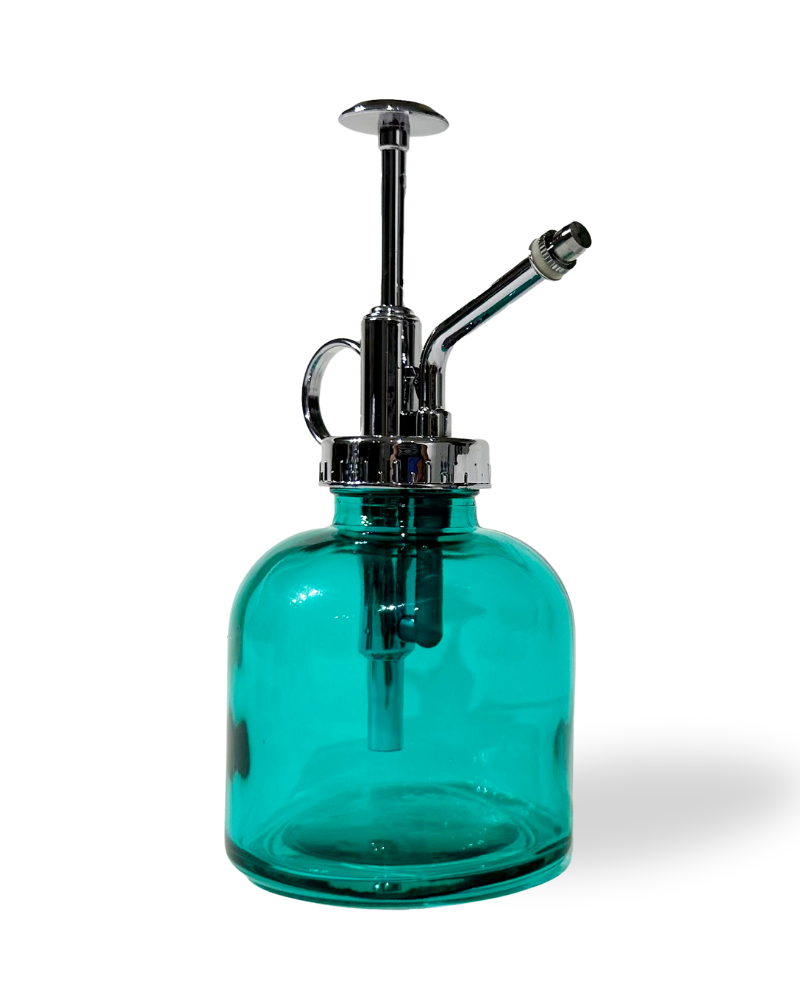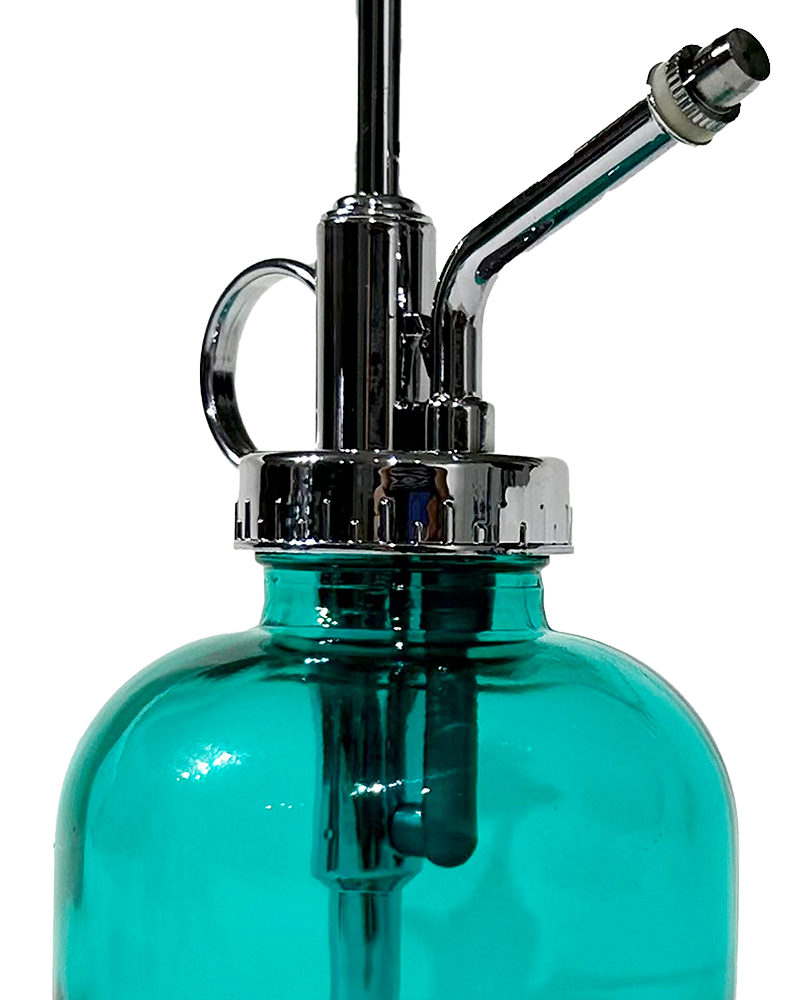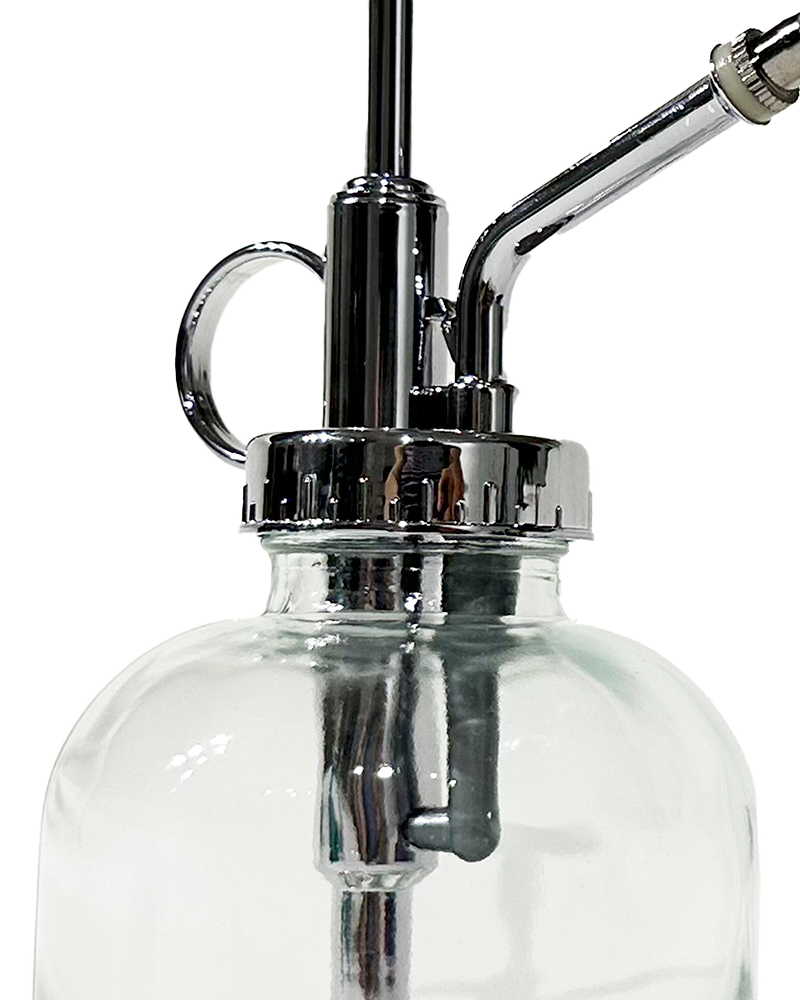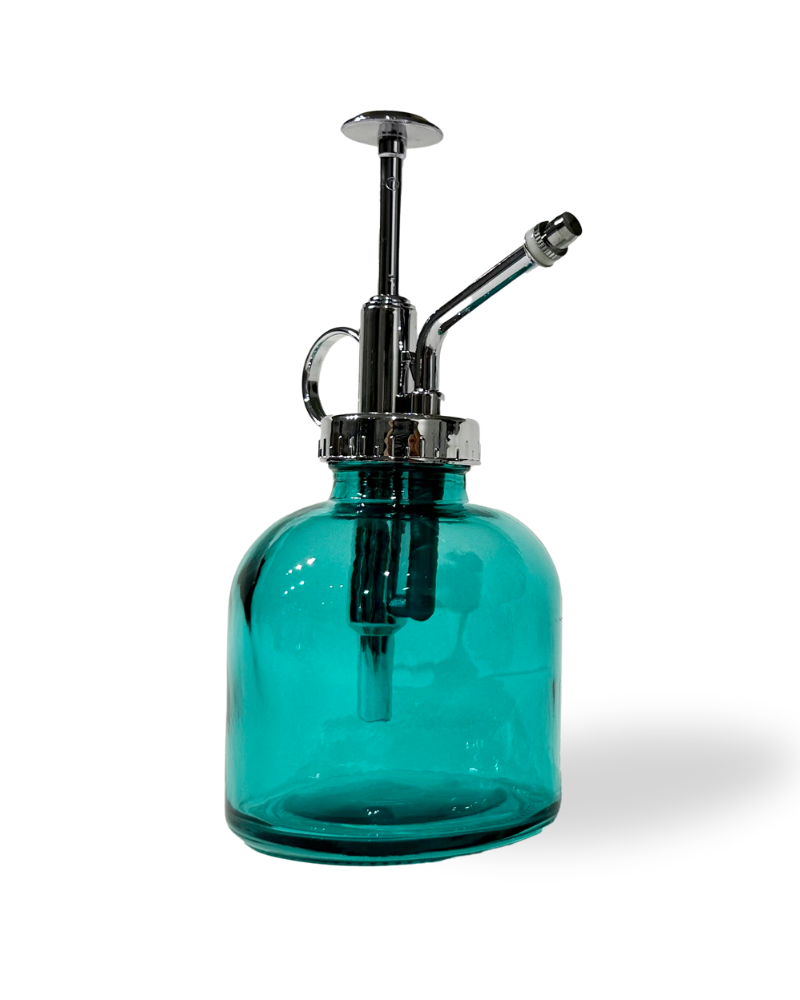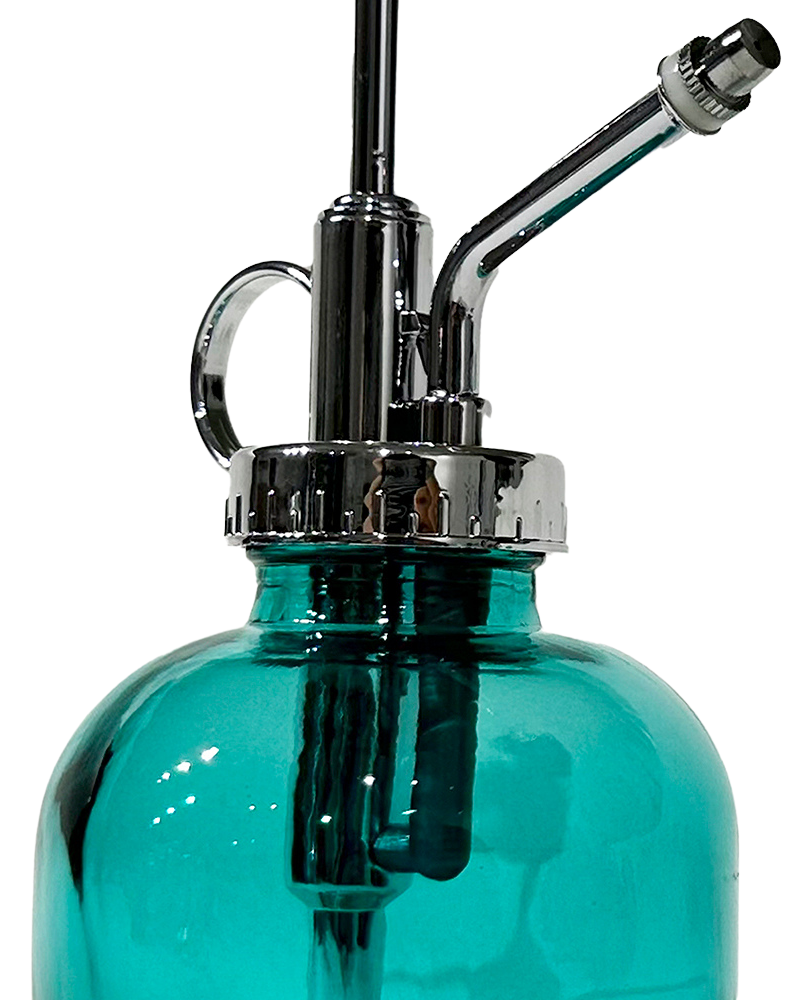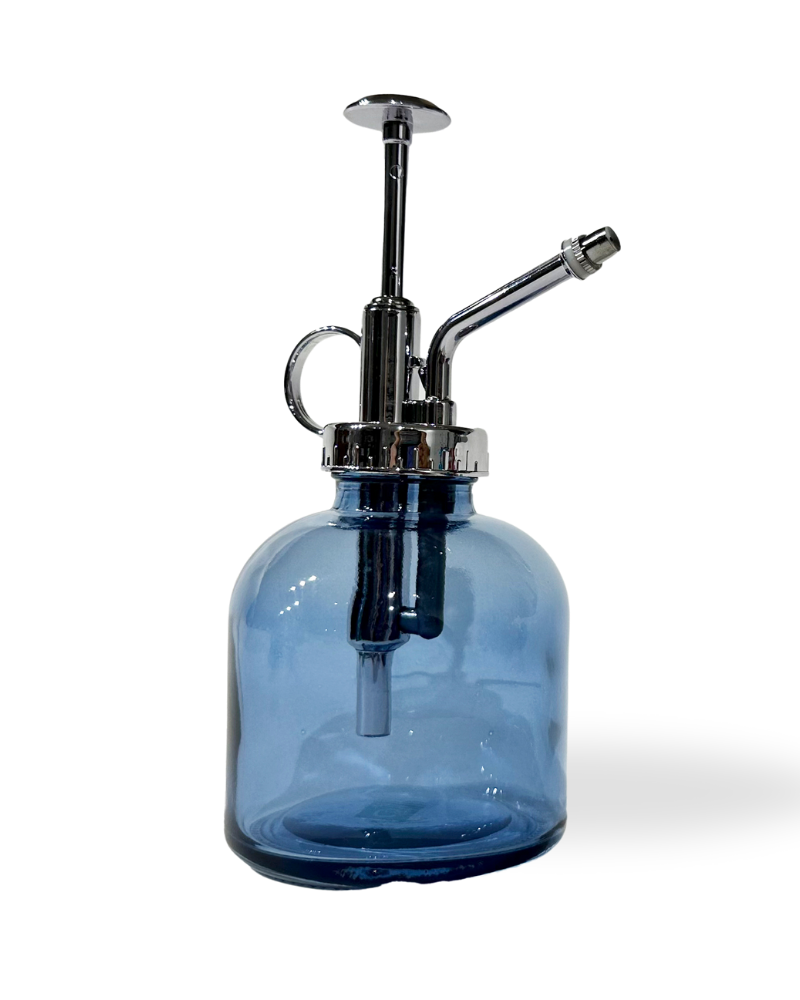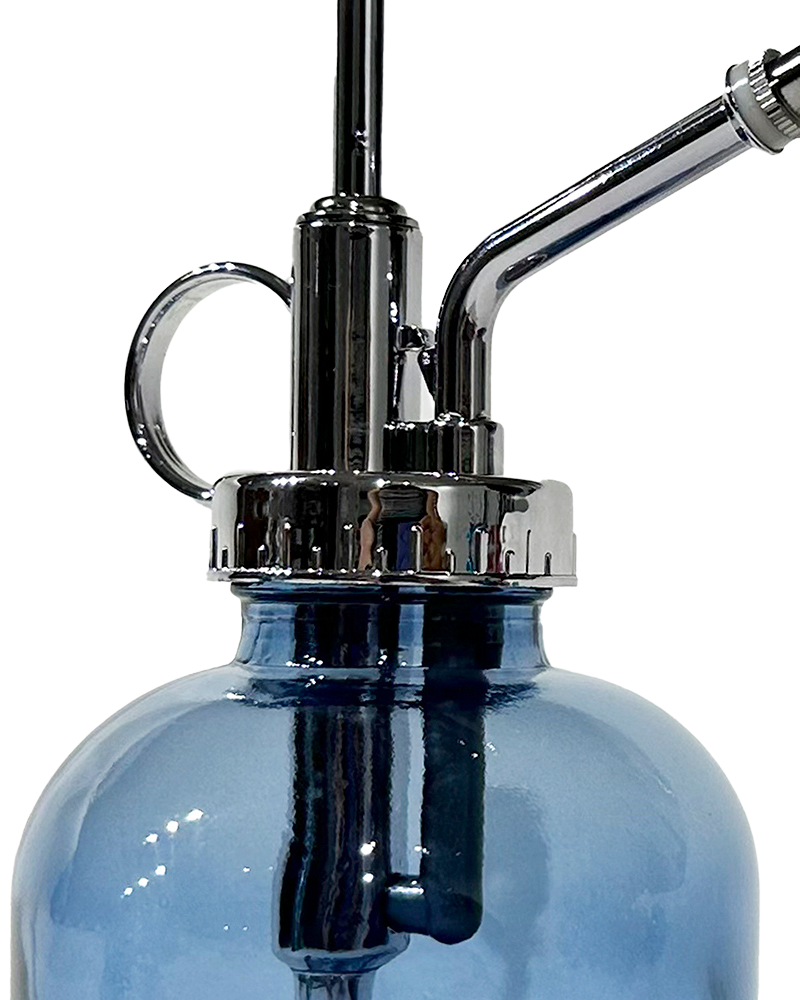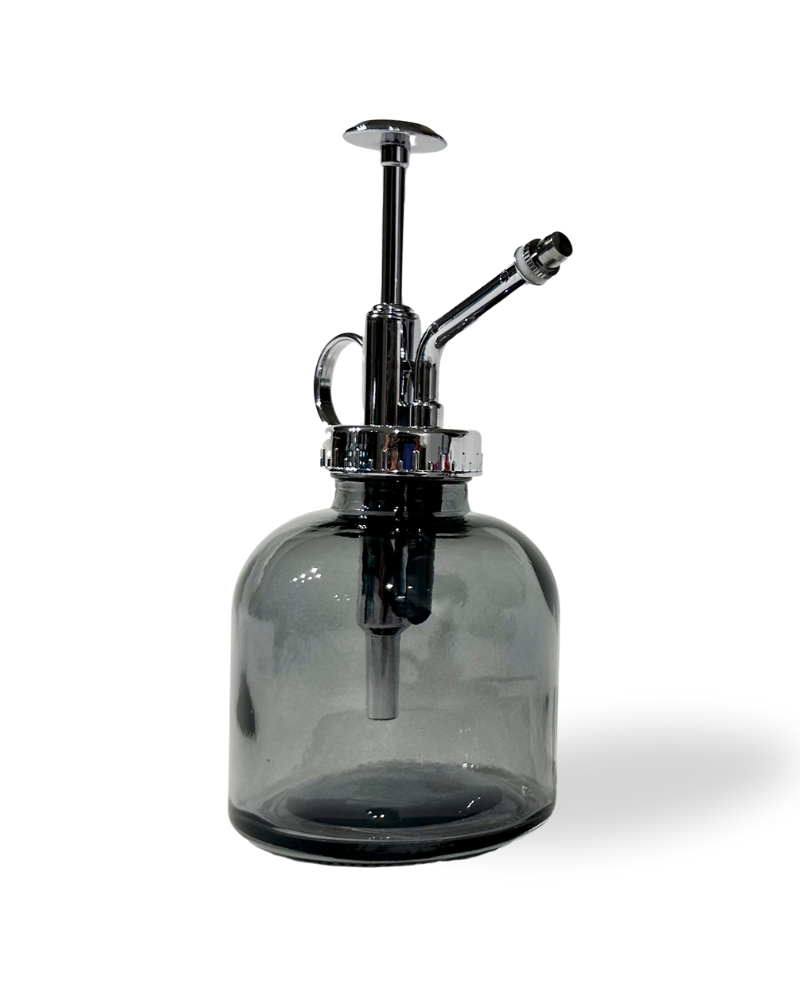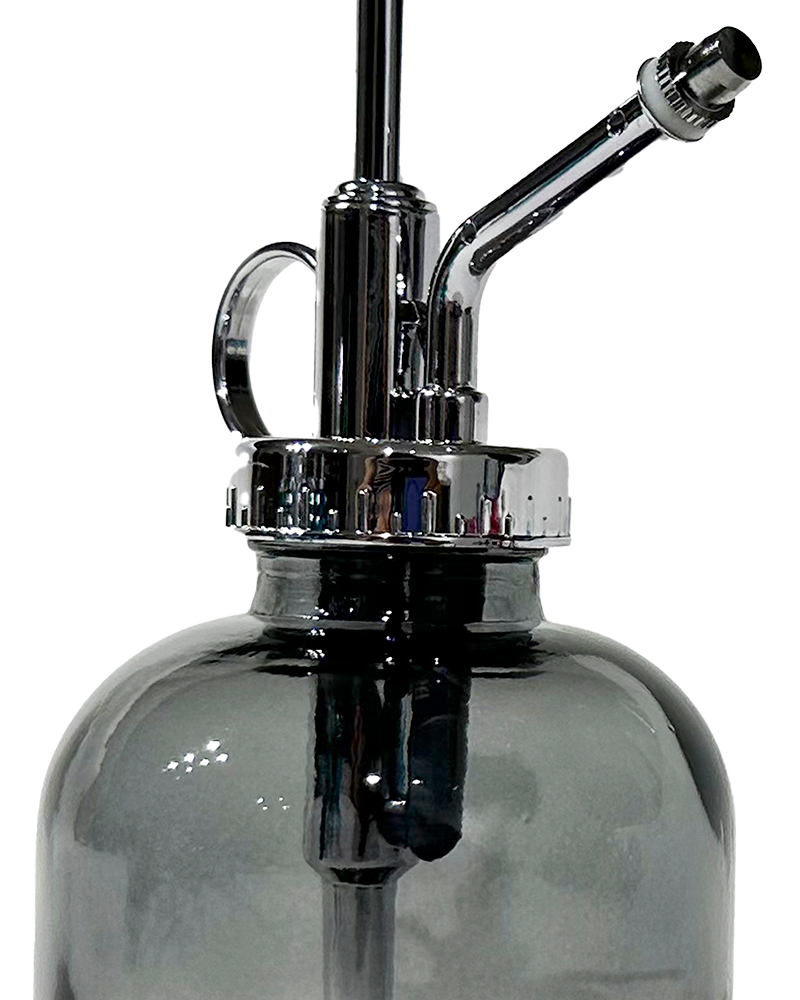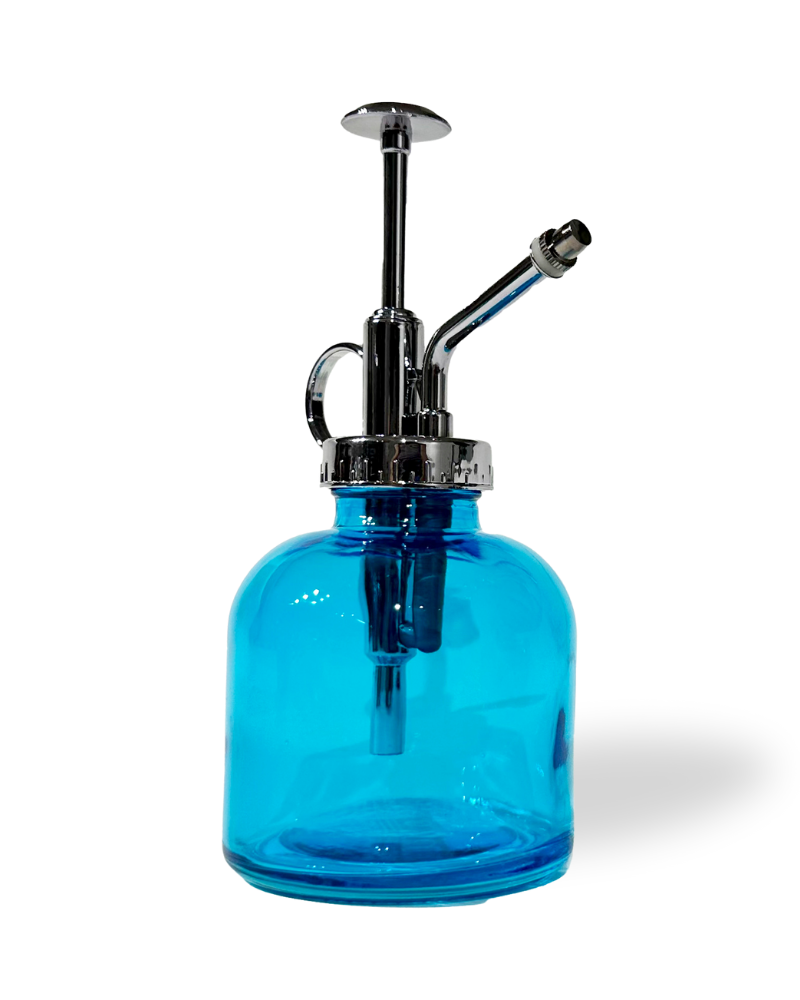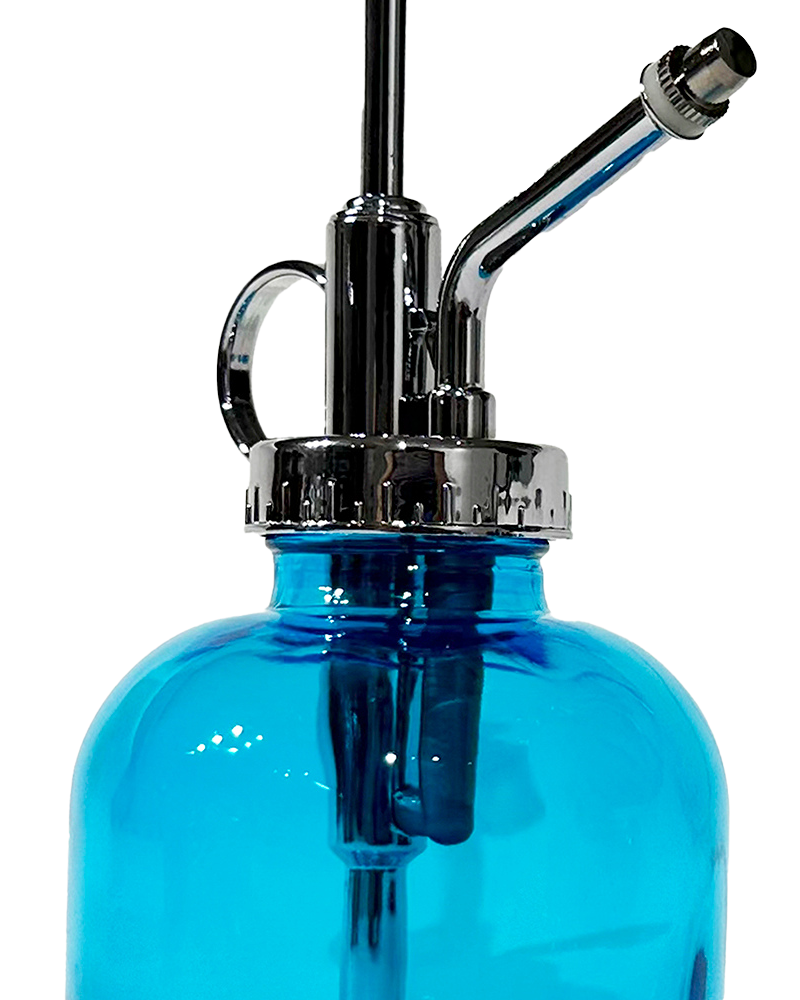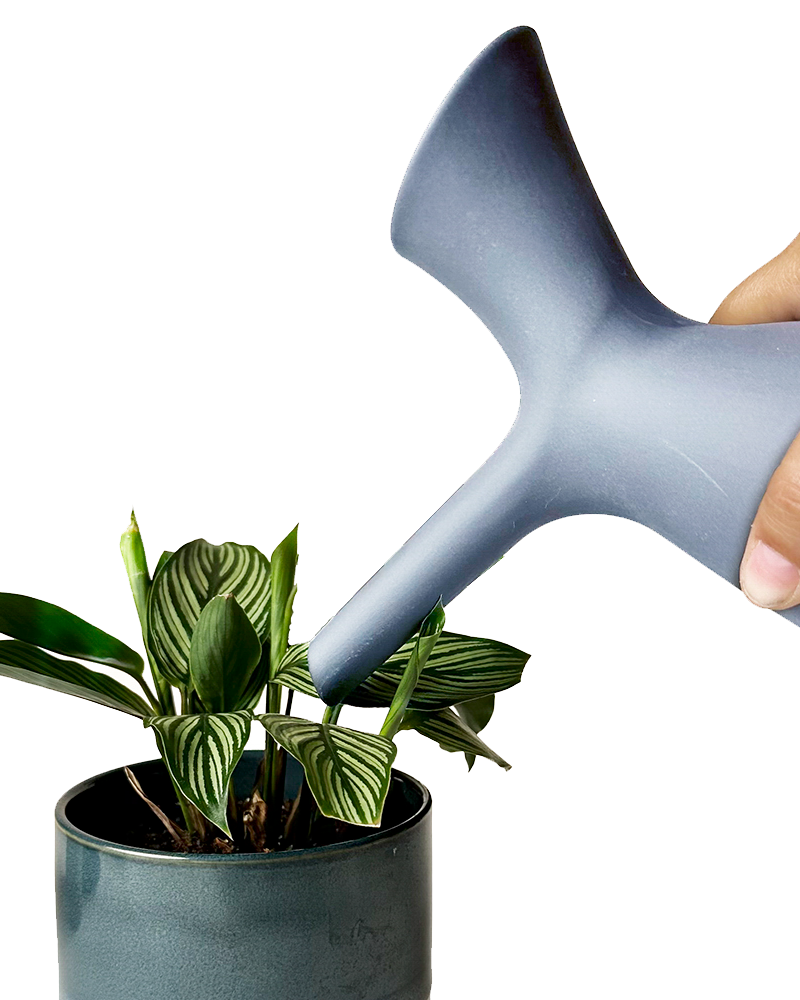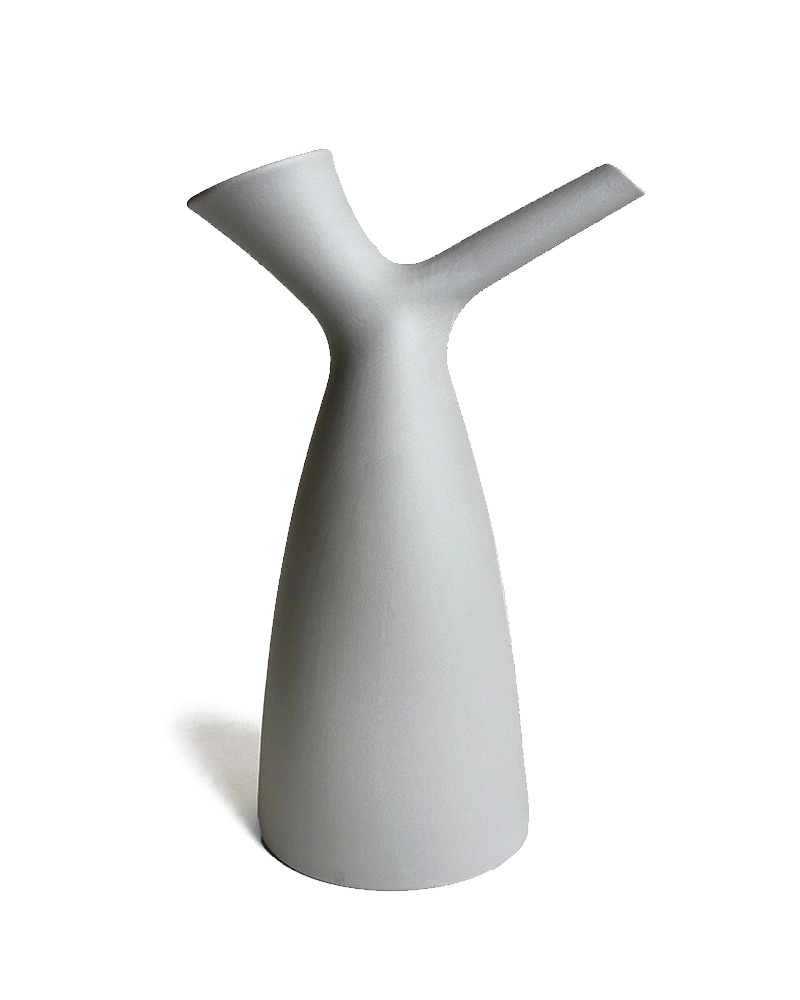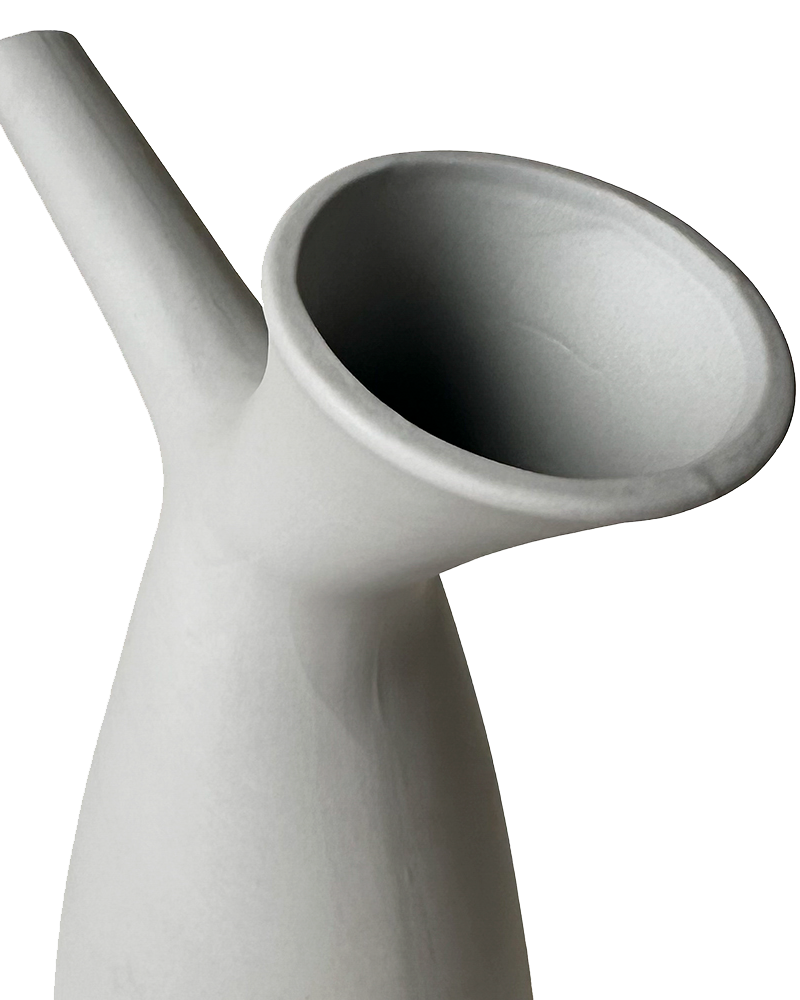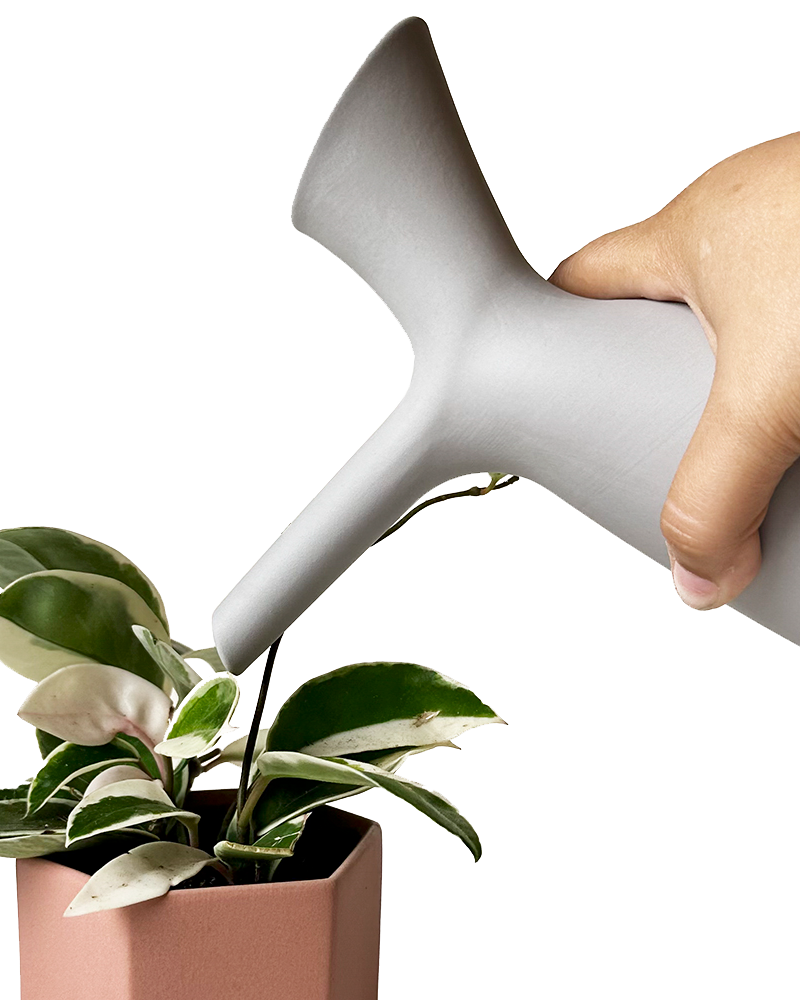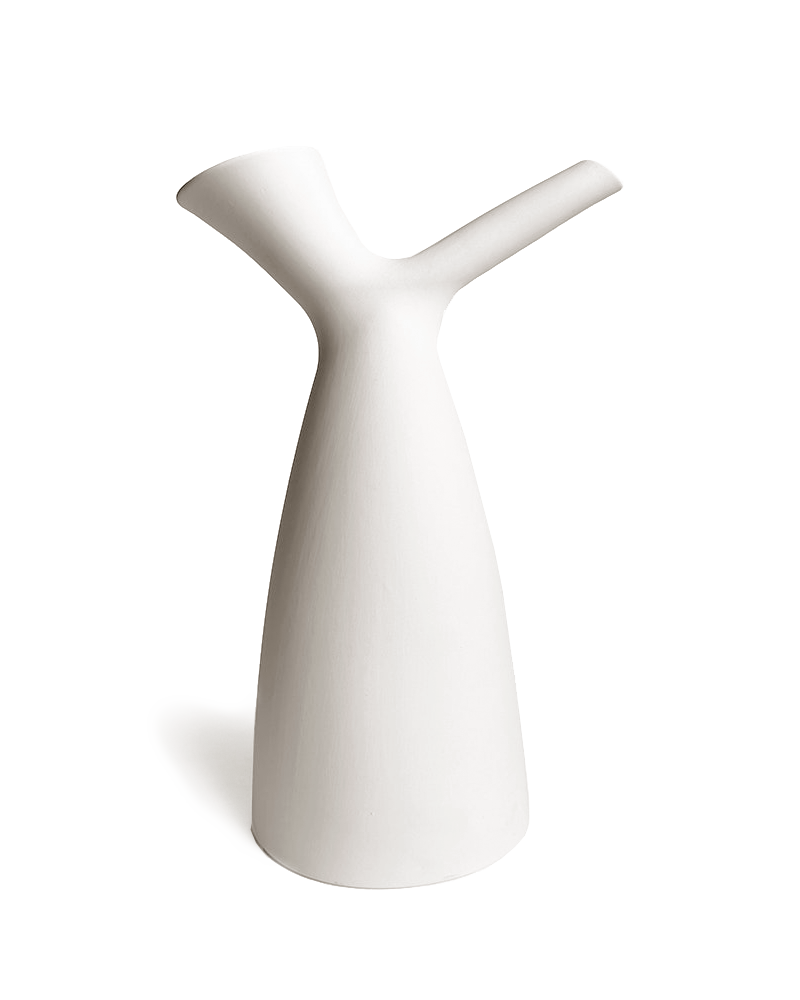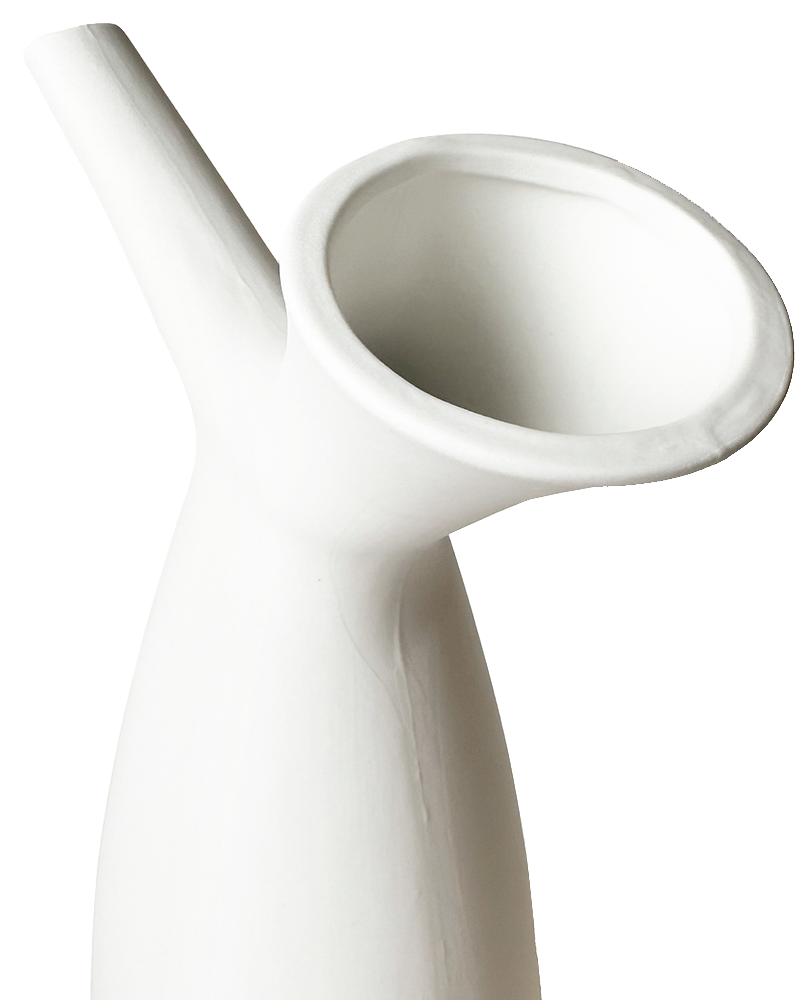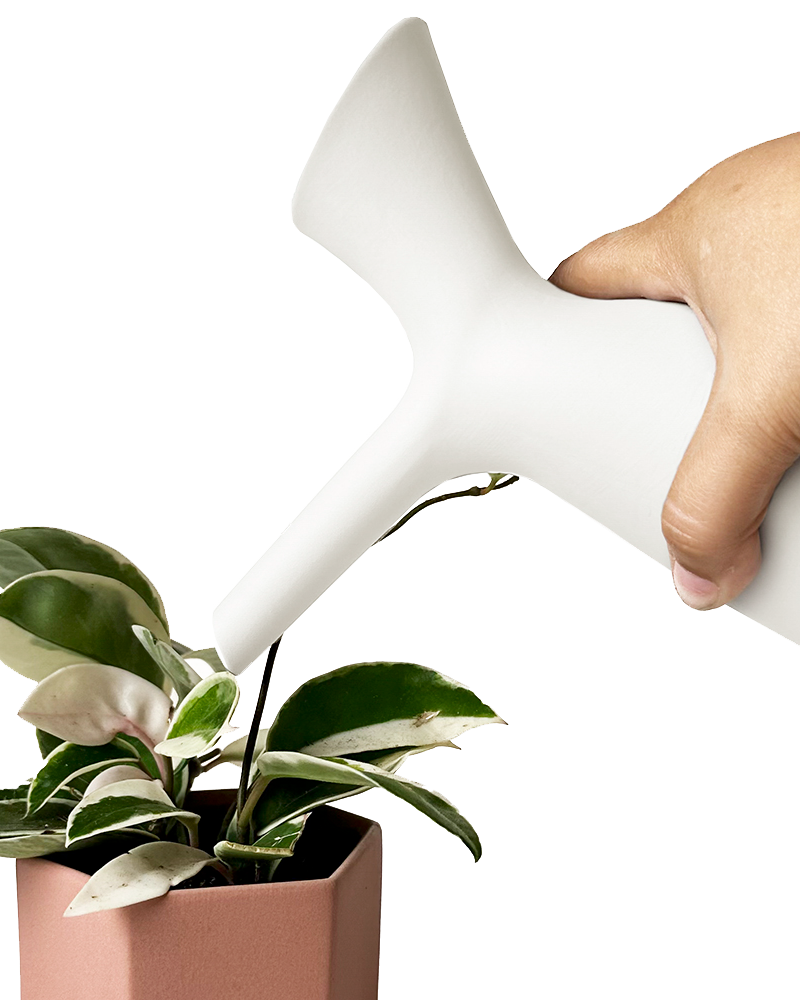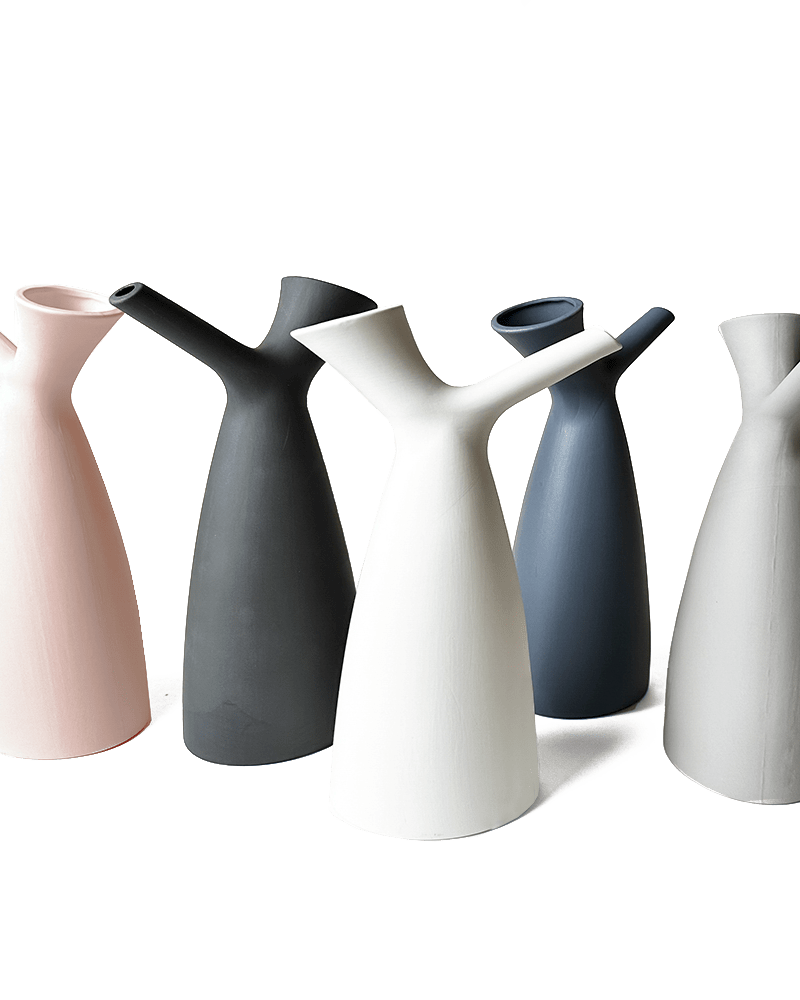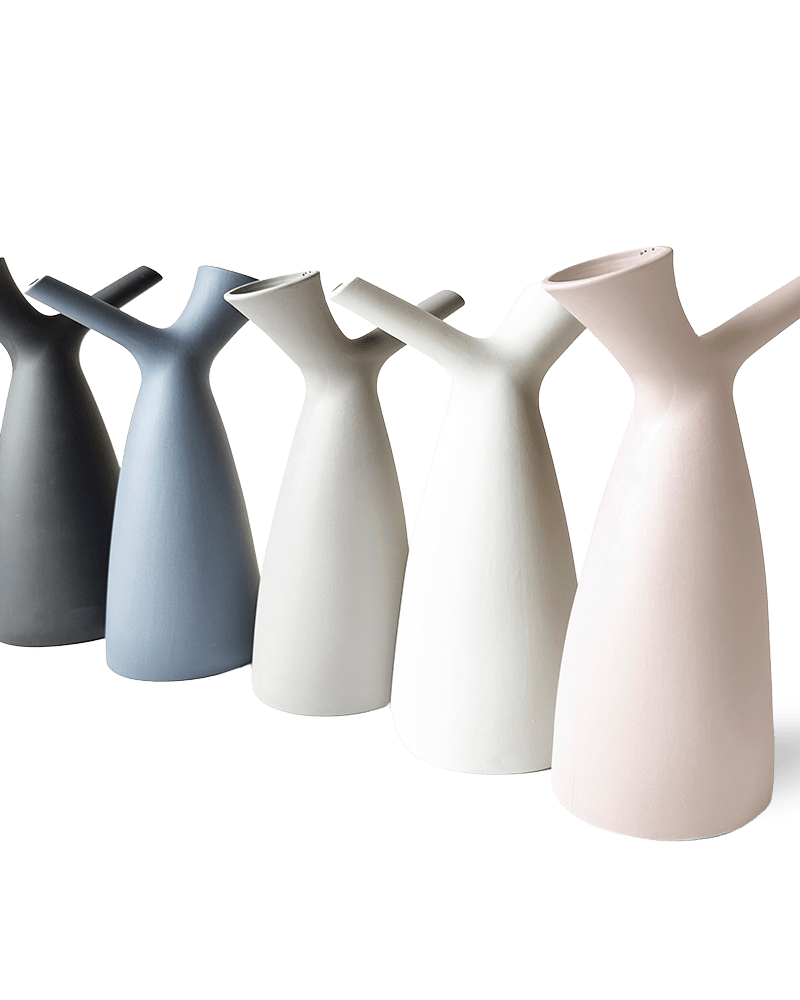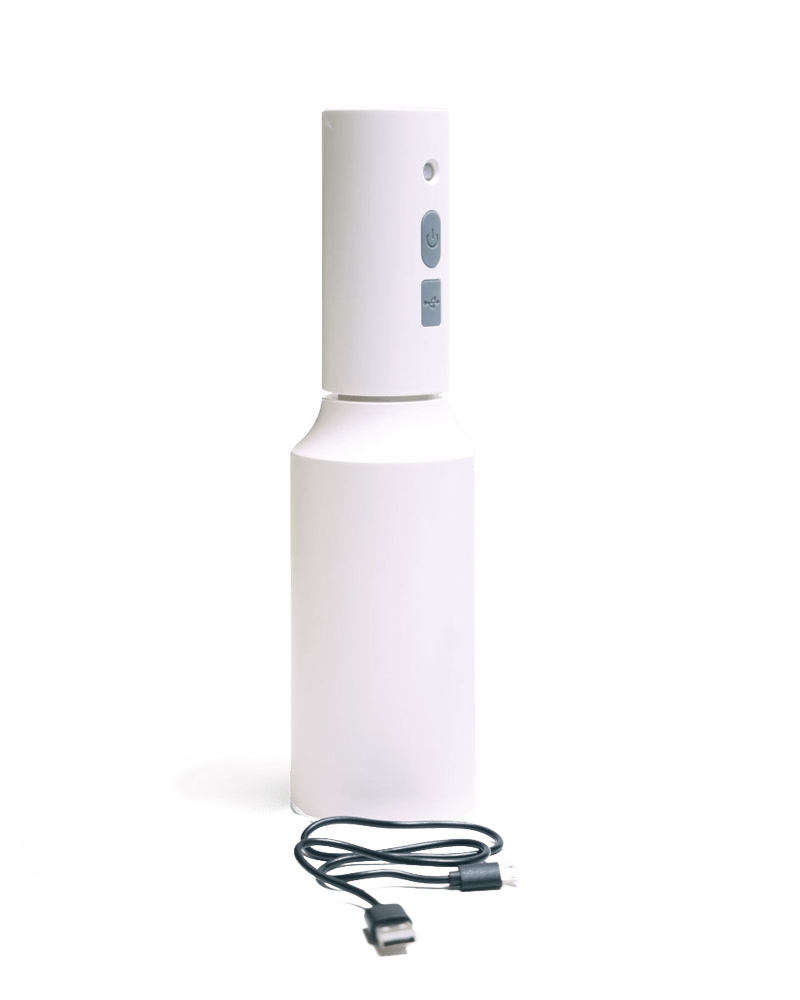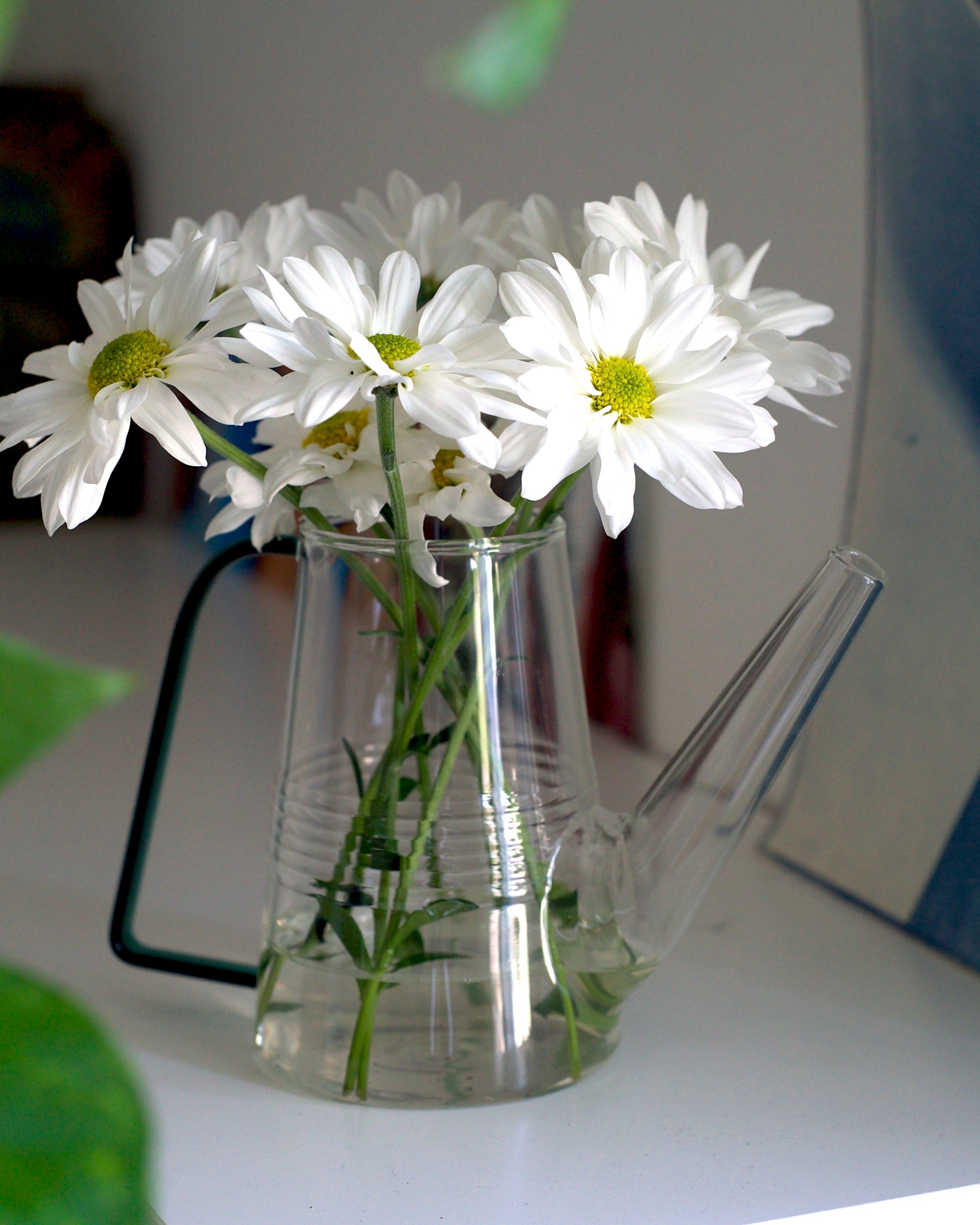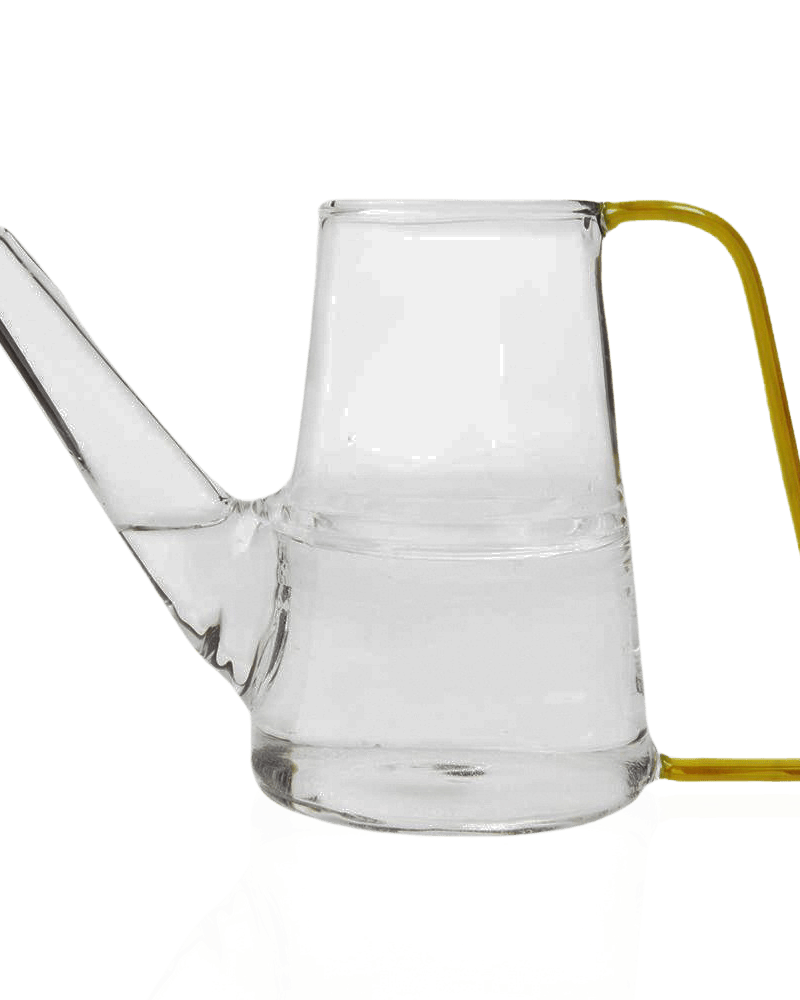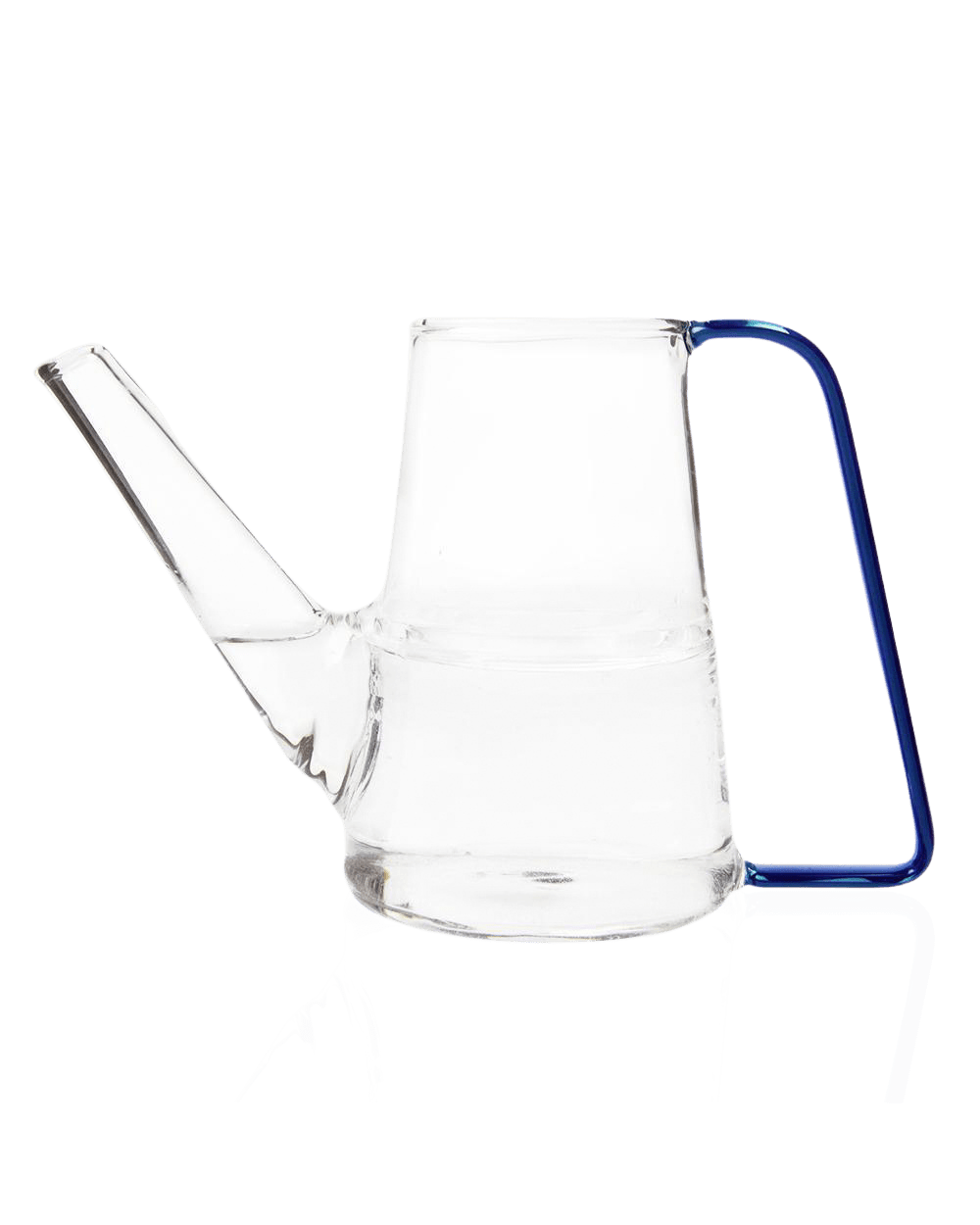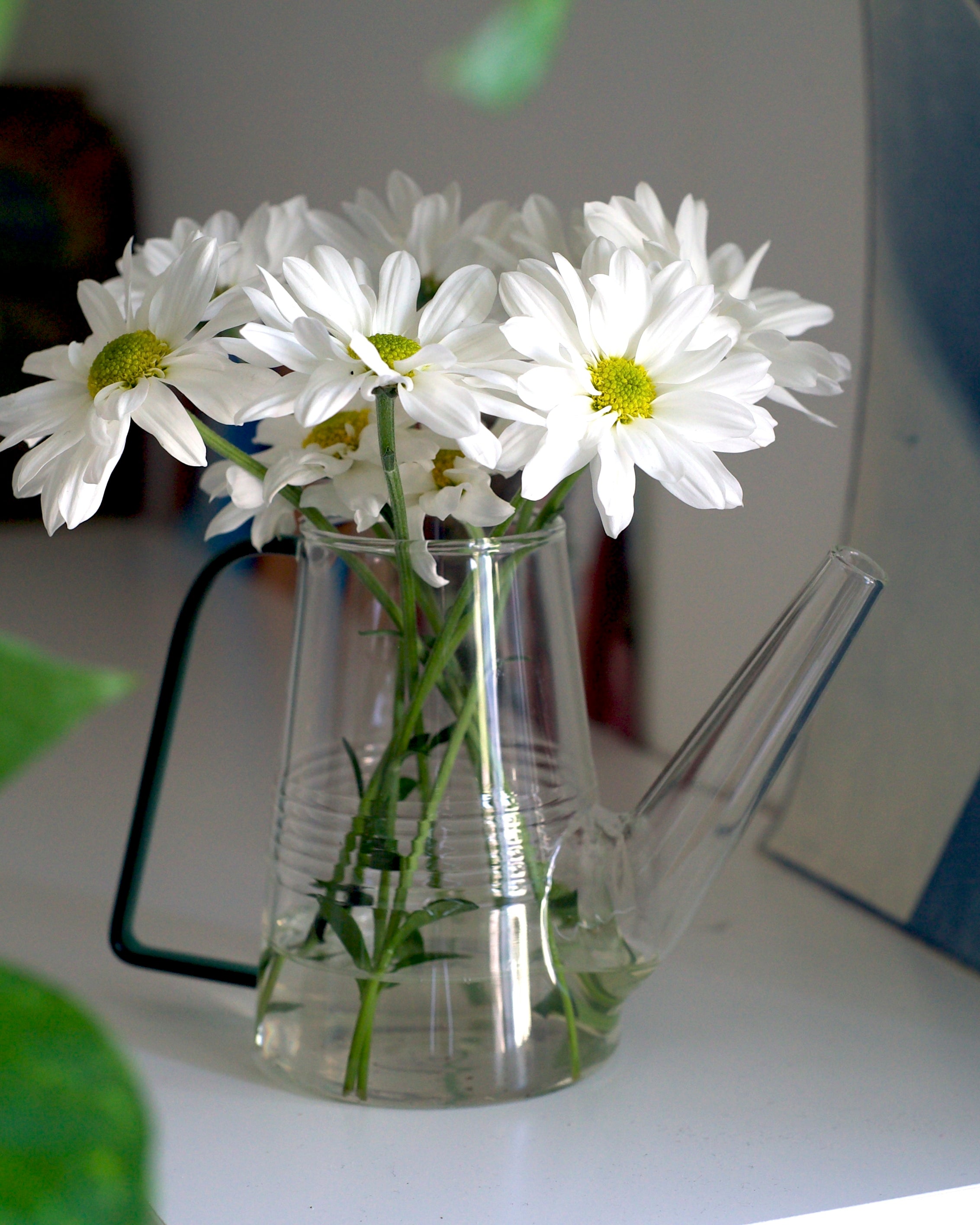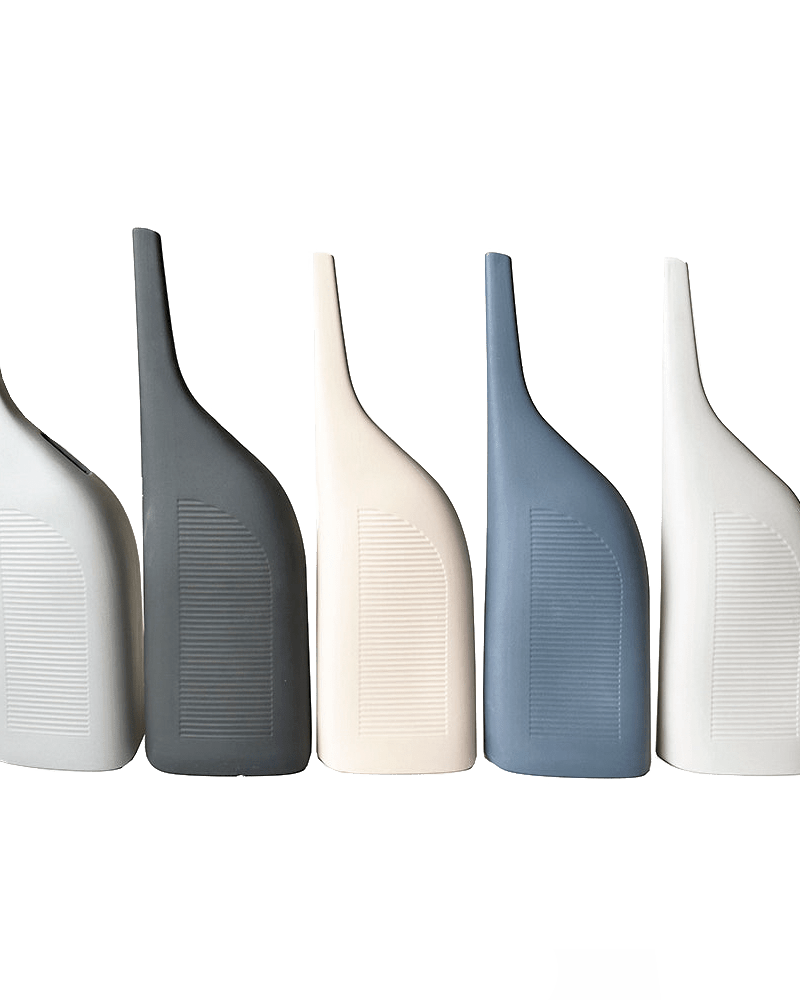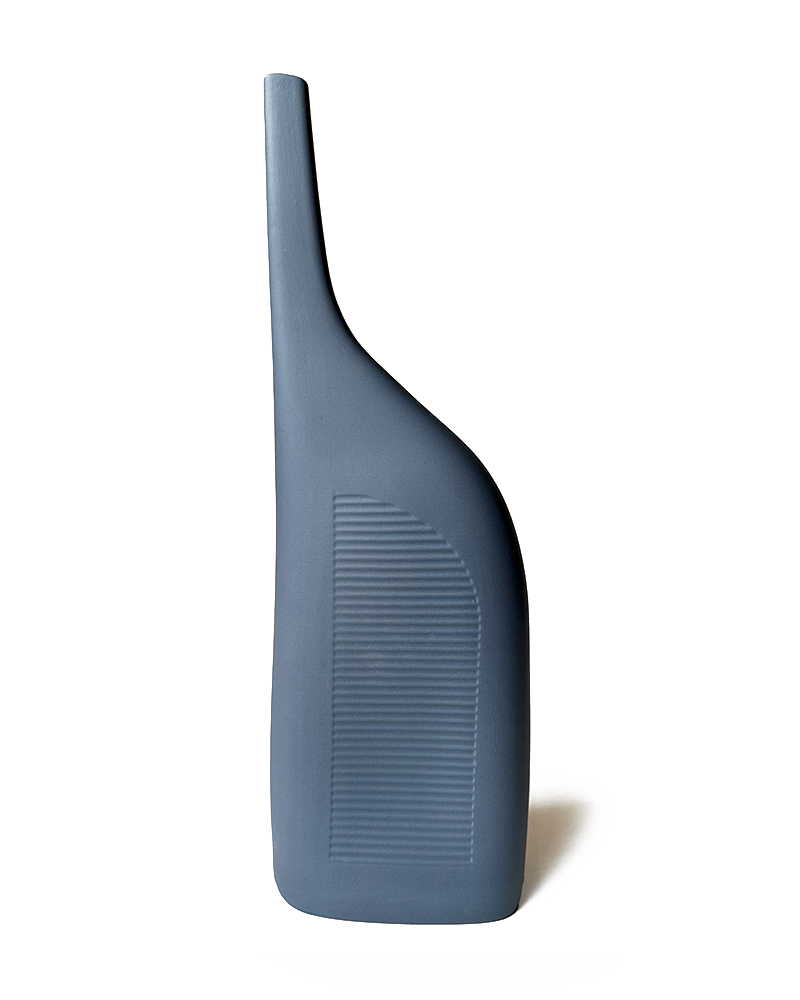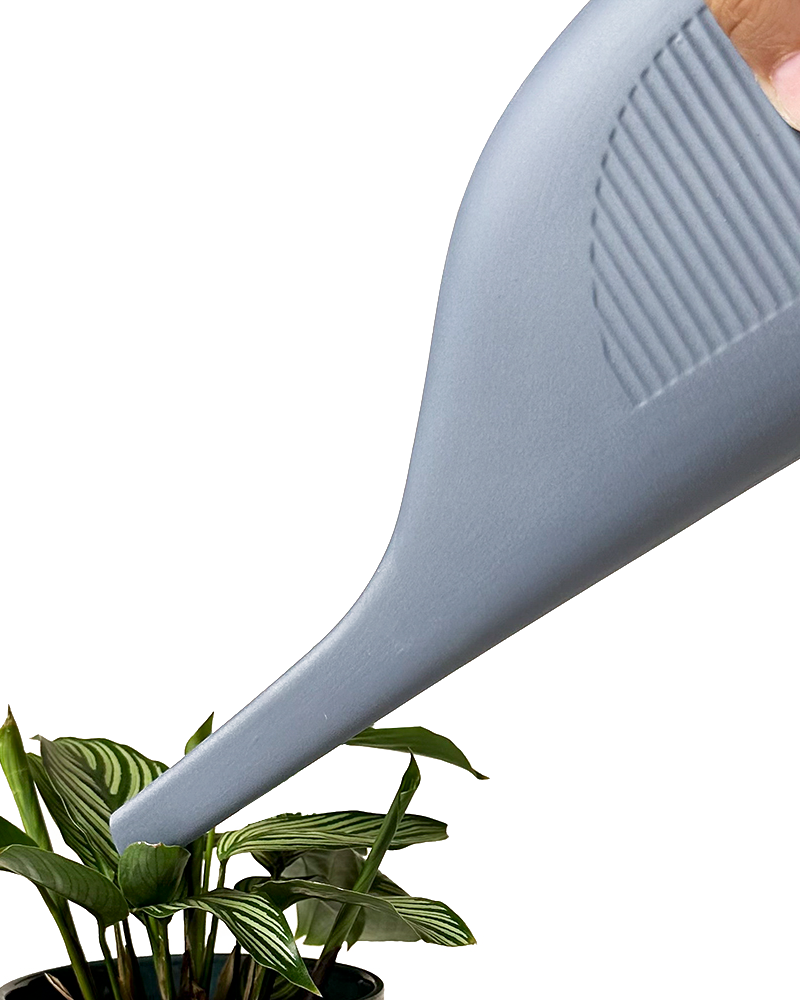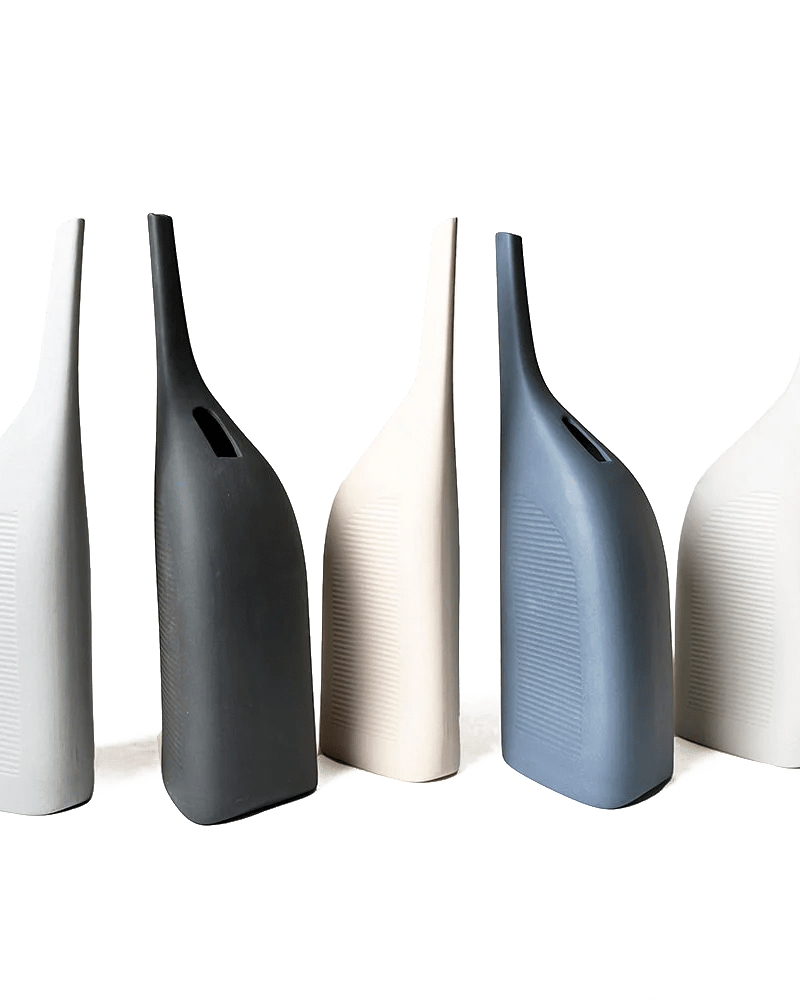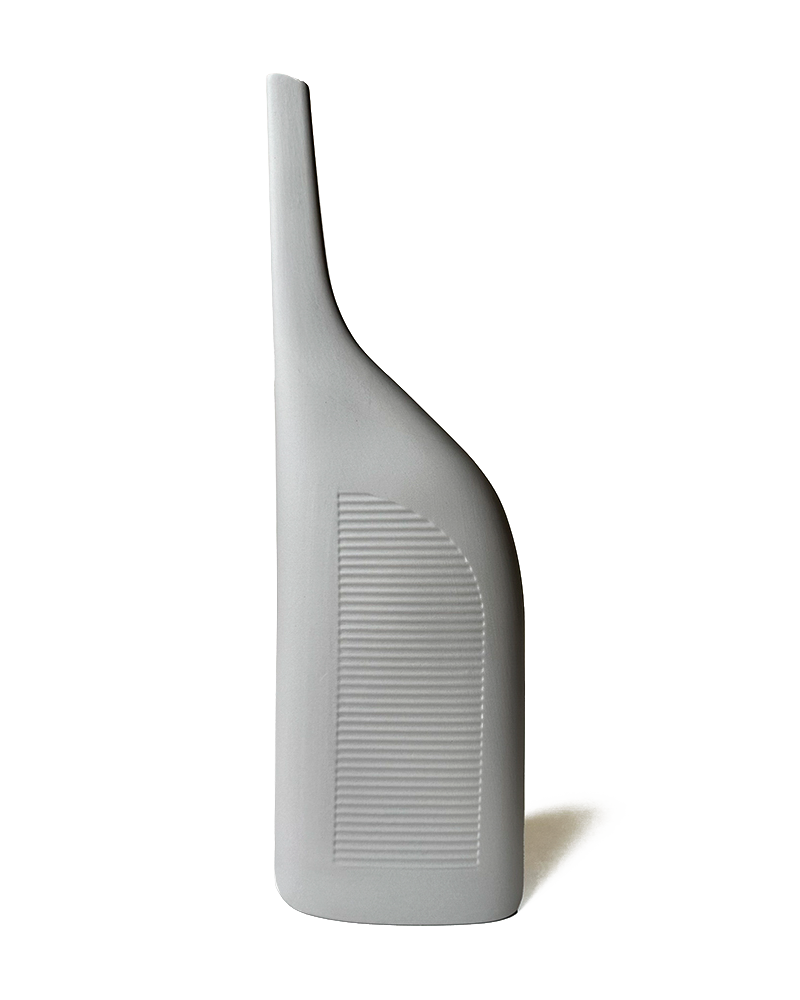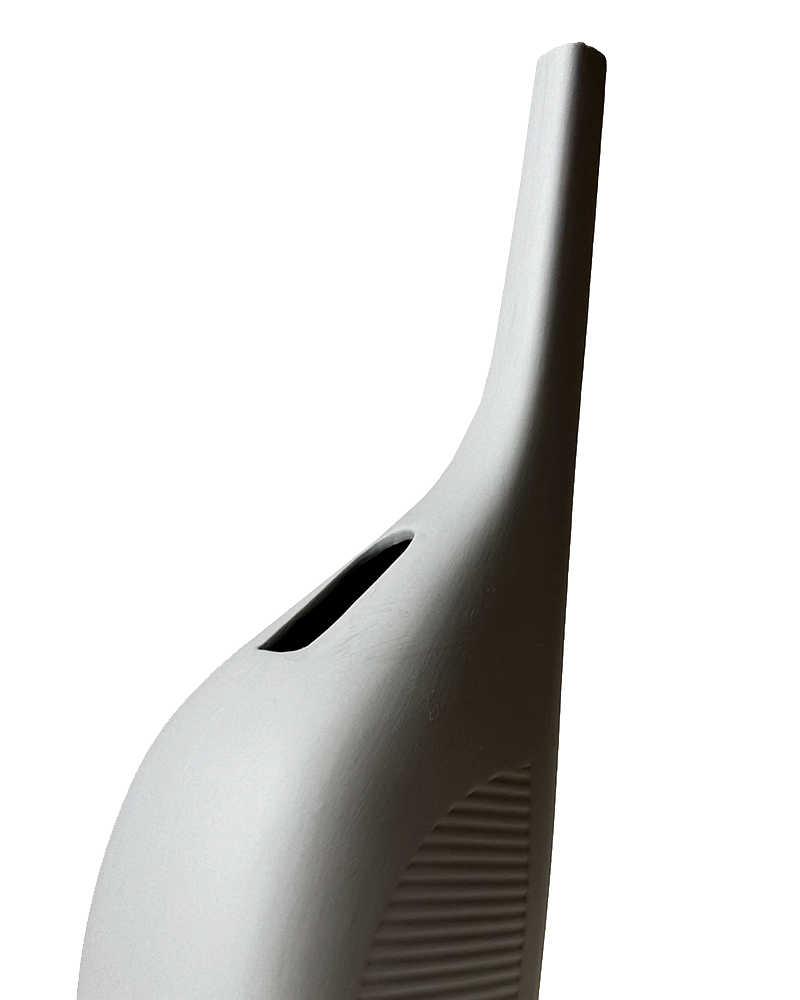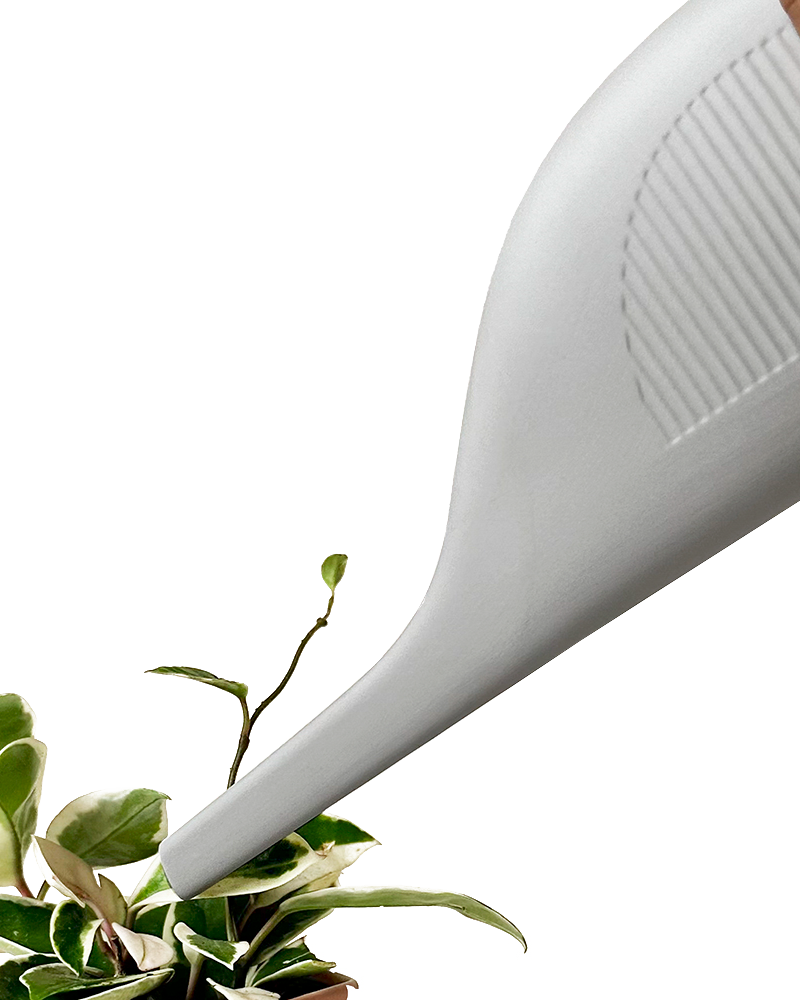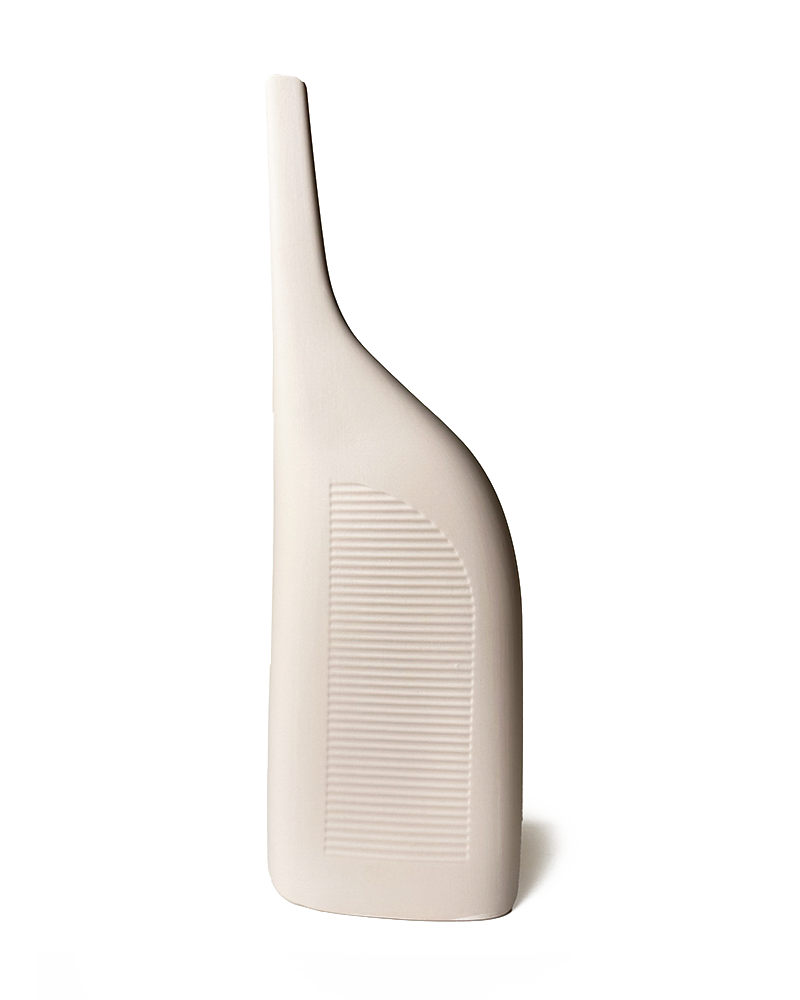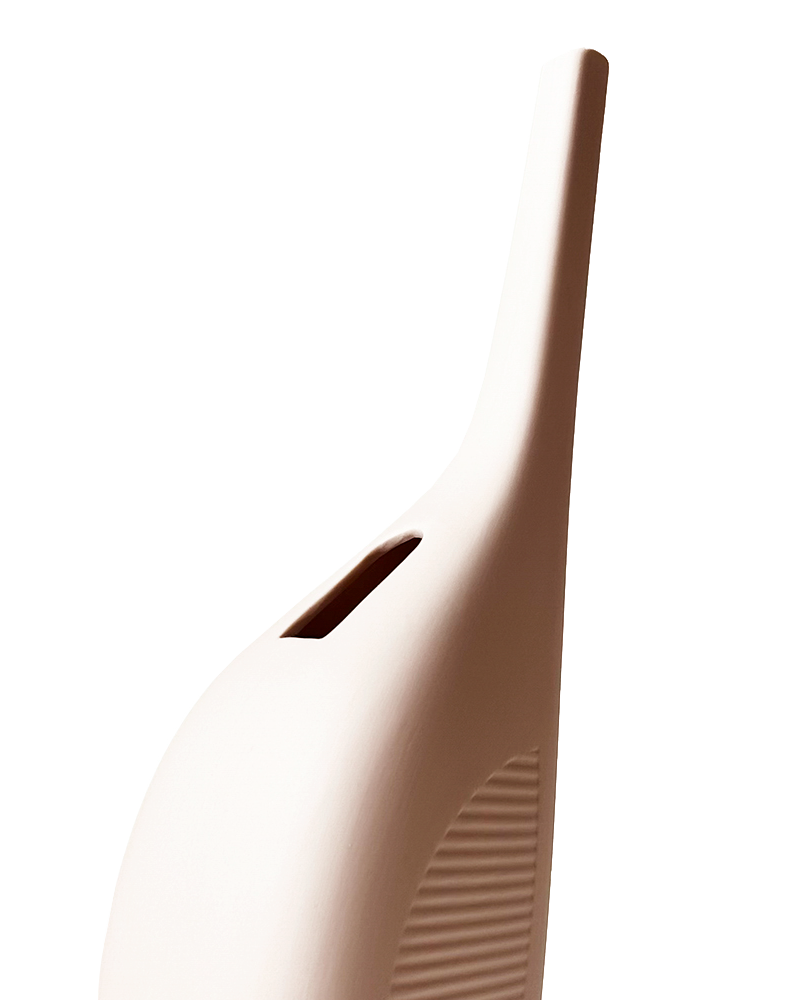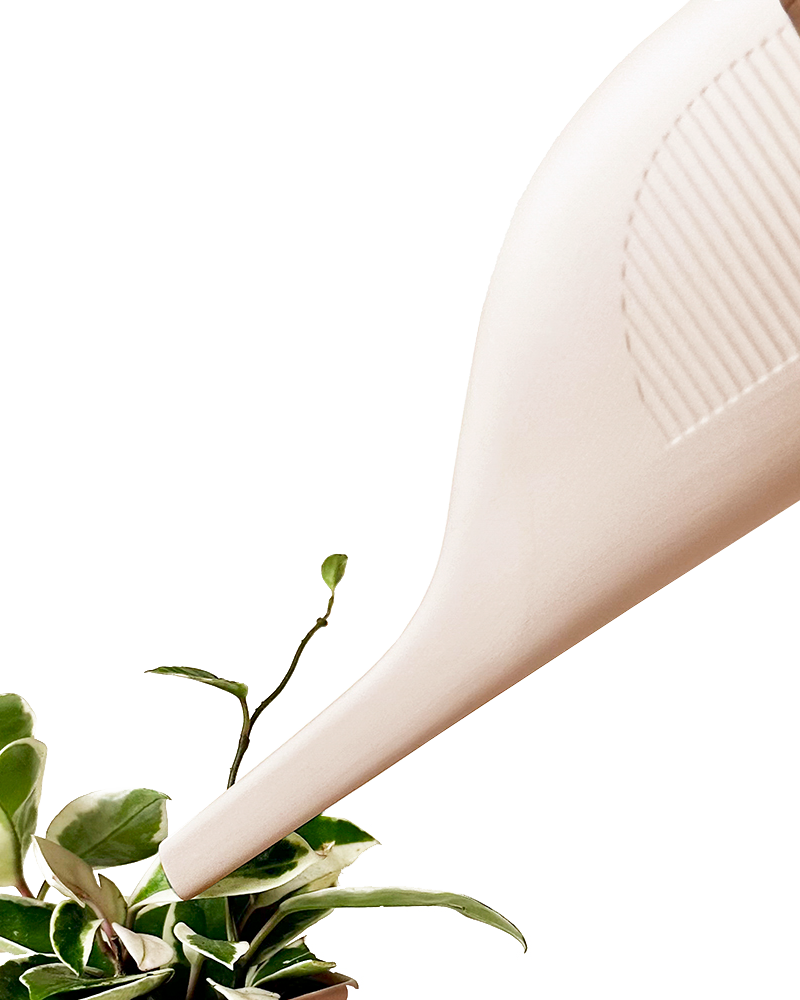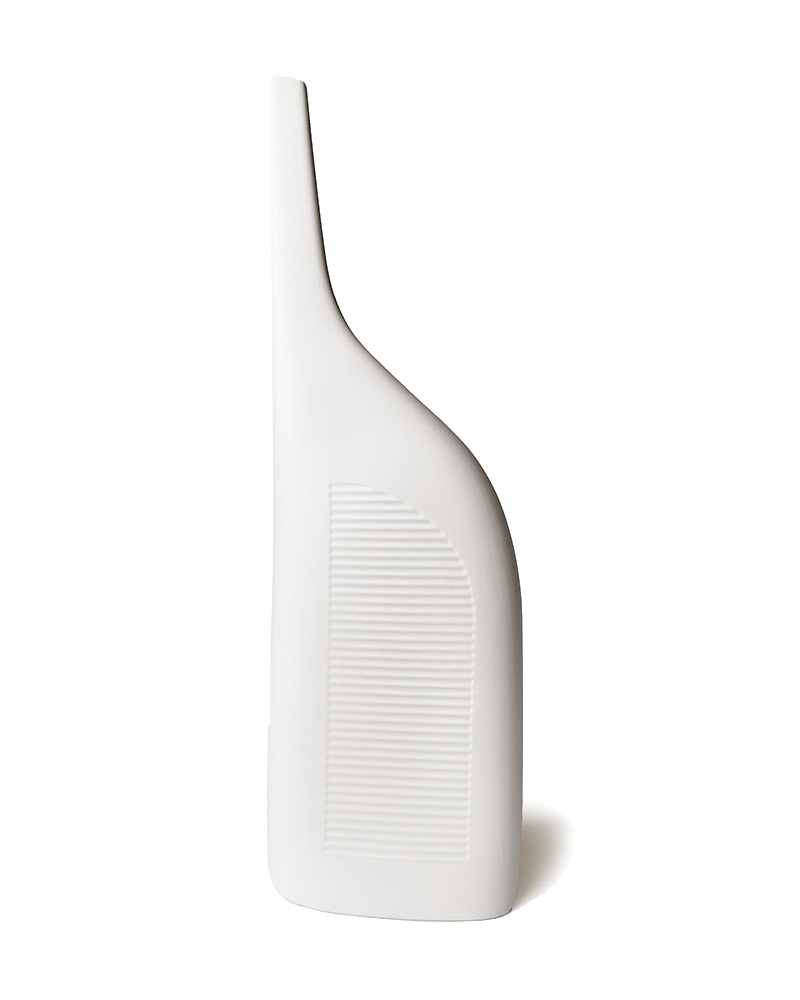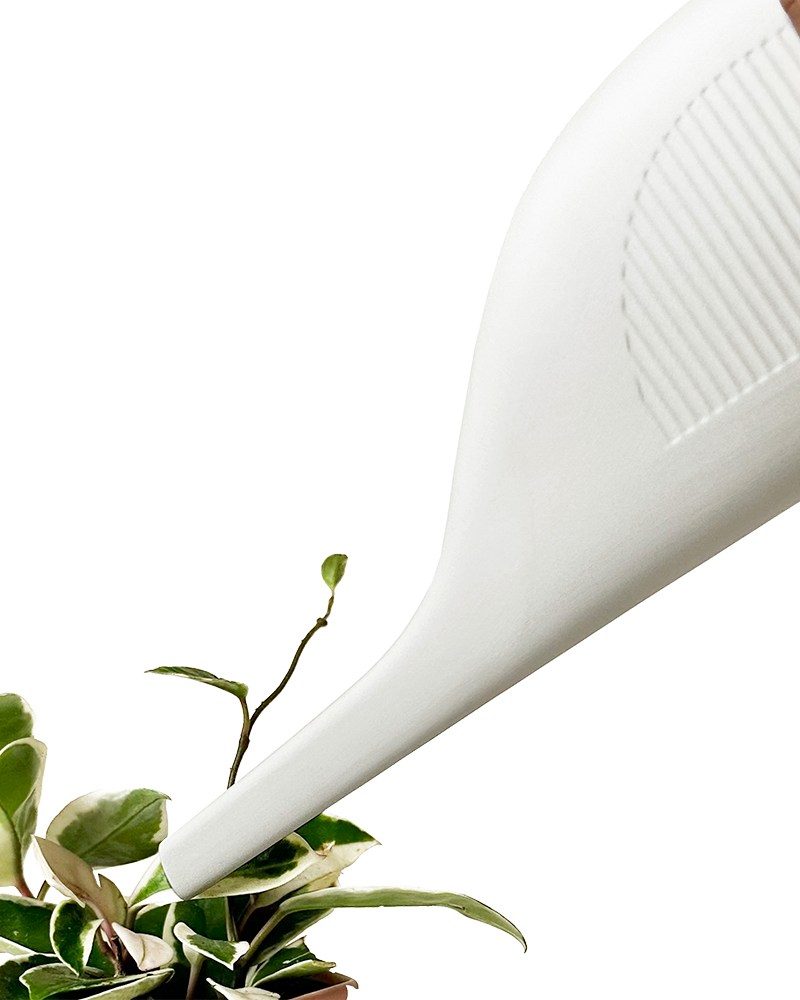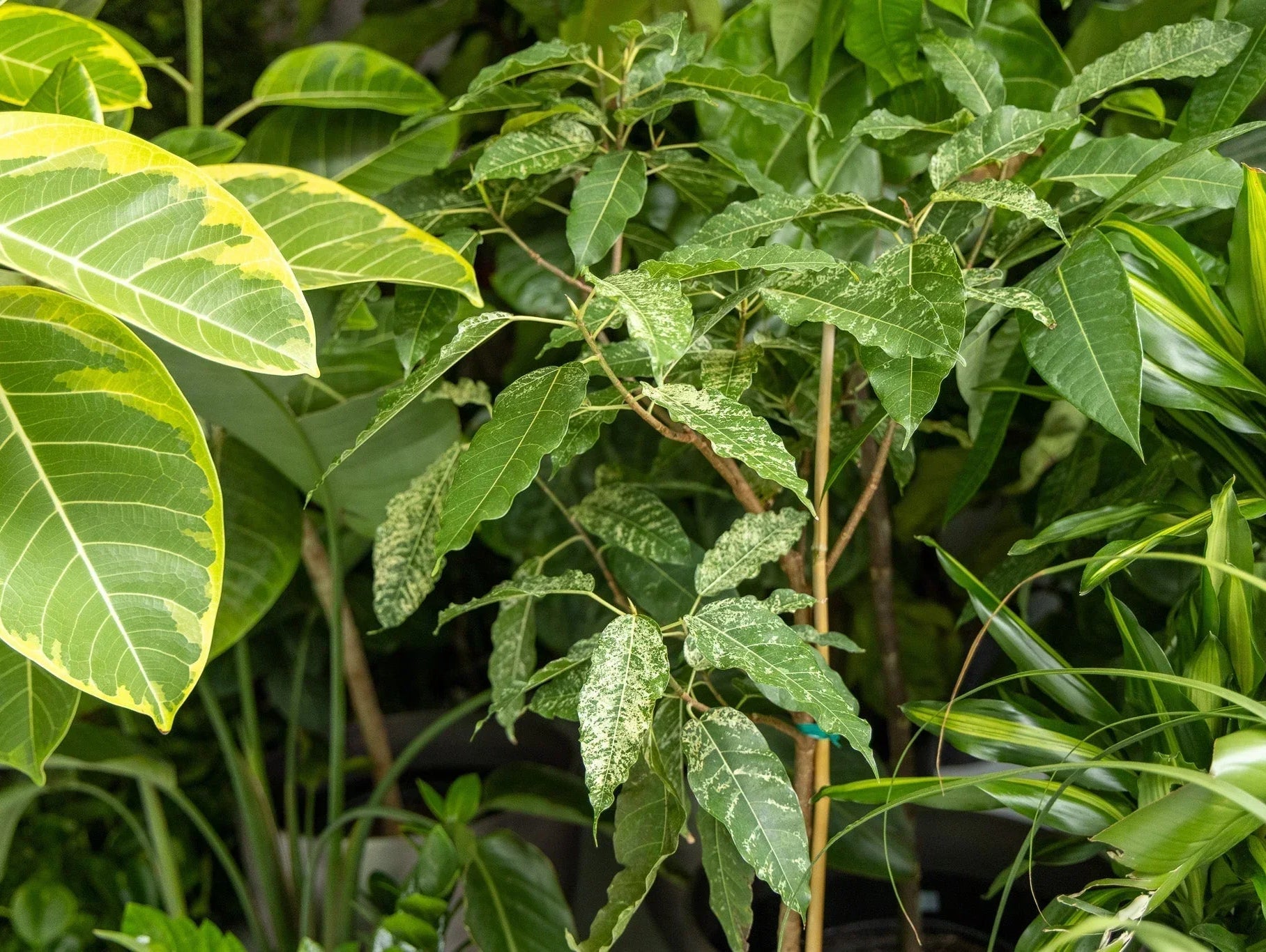Sprayers and Watering Cans
One doesn't typically form strong opinions about watering cans until that pivotal moment when water dribbles unceremoniously down one's sleeve while attempting to hydrate a particularly thirsty fern. Traditional watering cans possess all the aesthetic appeal of medical equipment from the 1970s—functional in theory but visually offensive enough to warrant immediate banishment to the darkest corner of the garden shed.
Most people accept this arrangement, shuffling their ungainly plastic vessels back into hiding after each use, like embarrassing relatives at a wedding. The relationship between plant owners and their watering implements has historically been one of reluctant tolerance rather than celebration.
Yet somewhere between the third rusted spout and that bizarre handle placement that requires the wrists of a yoga instructor, the thought occurs: must beautiful homes really be tarnished by these unattractive necessities?
The answer, of course, is no. The solution arrived as elegantly curved vessels that nestle comfortably in the palm while delivering precise streams to thirsty greenery. These aren't mere tools but sculptural elements worthy of permanent countertop residency—objets d'art that happen to dispense water.
Guests now point and ask, "What's that lovely thing?" rather than averting their eyes from the garish green plastic monstrosity partially hidden behind the snake plant.
In homes across the country, watering cans have graduated from shameful necessity to proud decor statement. Plant care transforms from chore to ritual when performed with an implement that brings joy rather than aesthetic despair. Beauty and function, it turns out, can peacefully coexist even in the humble domain of plant hydration.
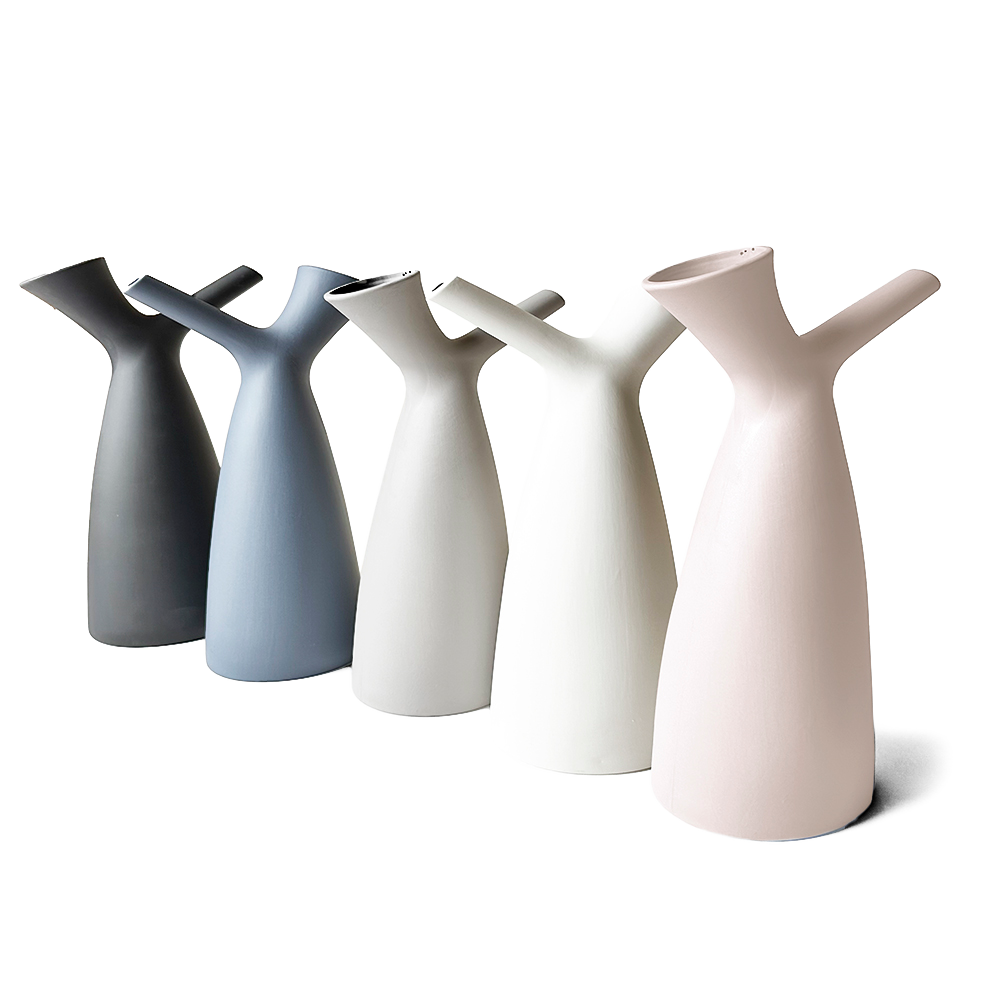
The Art of Plant Hydration: When Watering Cans Become Worthy of Display
One doesn't typically form strong opinions about watering cans until that pivotal moment when water dribbles unceremoniously down one's sleeve while attempting to hydrate a particularly thirsty fern. Traditional watering cans possess all the aesthetic appeal of medical equipment from the 1970s—functional in theory but visually offensive enough to warrant immediate banishment to the darkest corner of the garden shed.
Most people accept this arrangement, shuffling their ungainly plastic vessels back into hiding after each use, like embarrassing relatives at a wedding. The relationship between plant owners and their watering implements has historically been one of reluctant tolerance rather than celebration.
Yet somewhere between the third rusted spout and that bizarre handle placement that requires the wrists of a yoga instructor, the thought occurs: must beautiful homes really be tarnished by these unattractive necessities?
The answer, of course, is no. The solution arrived as elegantly curved vessels that nestle comfortably in the palm while delivering precise streams to thirsty greenery. These aren't mere tools but sculptural elements worthy of permanent countertop residency—objets d'art that happen to dispense water.
Guests now point and ask, "What's that lovely thing?" rather than averting their eyes from the garish green plastic monstrosity partially hidden behind the snake plant.
In homes across the country, watering cans have graduated from shameful necessity to proud decor statement. Plant care transforms from chore to ritual when performed with an implement that brings joy rather than aesthetic despair. Beauty and function, it turns out, can peacefully coexist even in the humble domain of plant hydration.
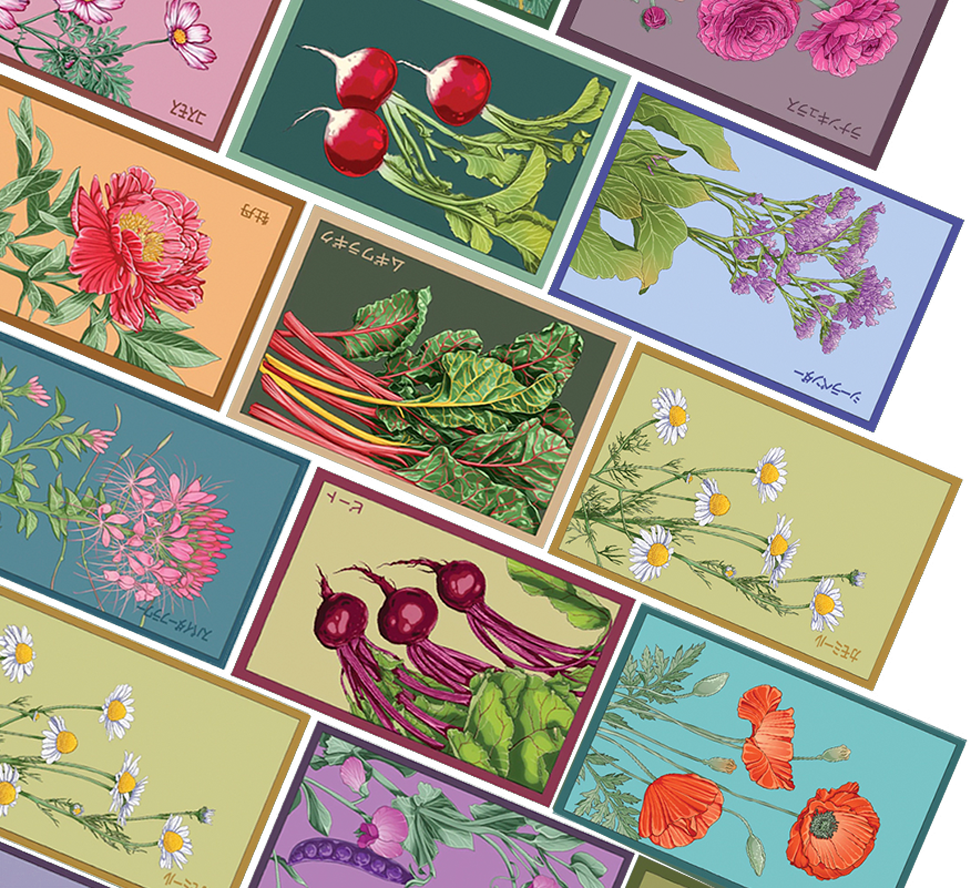
Shido Seeds Almost Too Pretty to Plant
Let’s be honest—our Shido Seeds packaging is almost too pretty to open. (But go ahead, your garden will thank you.) Inside each artfully designed packet, you’ll find top-quality seeds ready to grow into breathtaking flowers and delicious veggies. Sure, your garden will be stunning, but will it outshine the packaging? That’s a tough call.
Blog Posts
Pet Friendly Plants
There comes a moment in every plant parent's life when the realization hits like a ceramic plant pot to the skull: that gorgeous monstera deliciosa sitting in the corner might...
Large Plants for the Office
Let's be honest about what happens when someone mentions office plants. The mind immediately wanders to that sad, dusty fern perched on Karen's desk—the one that's been slowly dying since...
Large Plants That Thrive in Low Light
The neighbor's living room resembles something between a Victorian conservatory and a witness protection program safe house. Every corner harbors a towering green specimen that seems perfectly content living in...


















